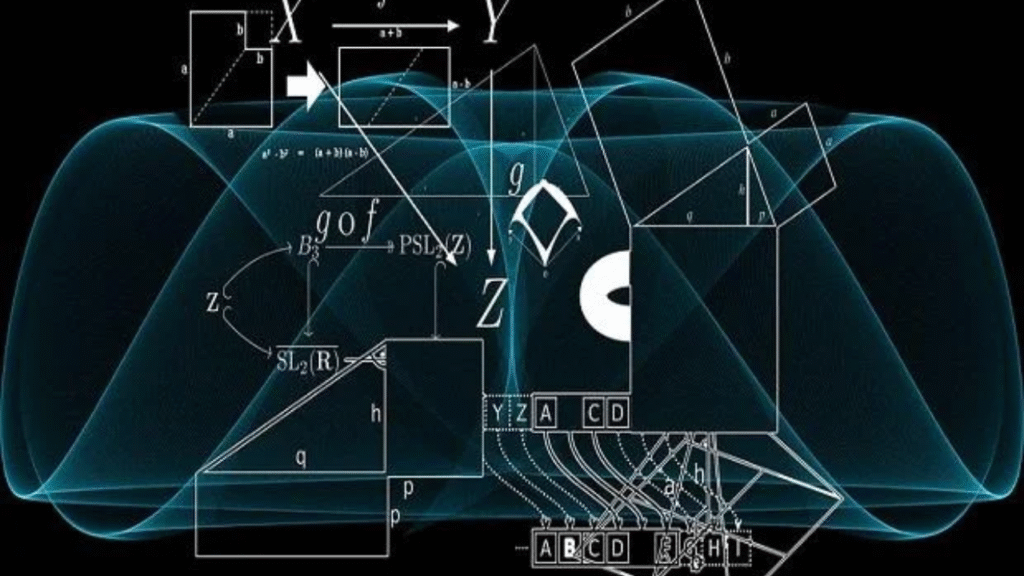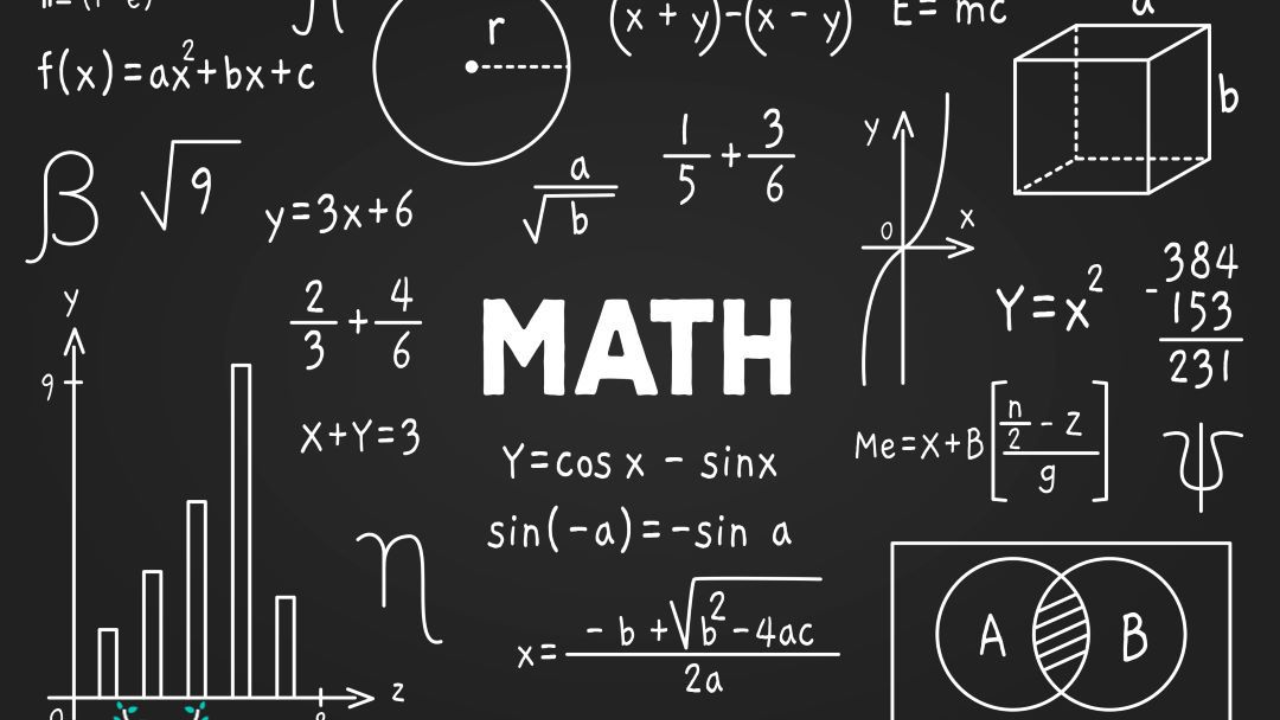The question of whether we can still make novel scientific discoveries without relying heavily on mathematics is a complex one, touching upon the very nature of scientific inquiry in the modern era. While historical breakthroughs often emerged from observation and intuition, the increasing complexity of scientific problems in the 21st century makes a purely math-free approach incredibly challenging for truly novel scientific discoveries. Math is often described as the language of science, providing the precision and predictive power necessary to formulate and test hypotheses.
Making Scientific Discoveries Without Math: A Historical Perspective
Historically, many profound novel scientific discoveries were indeed made with minimal explicit mathematical formulation, at least initially. Think of early biological classifications, the discovery of elements through empirical observation and chemical reactions, or even some aspects of geology. Scientists like Michael Faraday, a pioneering figure in electromagnetism, were known for their strong experimental intuition rather than advanced mathematical skills; Maxwell later translated Faraday's intuitive ideas into rigorous mathematical equations. These examples demonstrate that the initial spark for novel scientific discoveries can arise from keen observation, clever experimentation, and intuitive insights.
However, even these required a logical framework, which is fundamentally mathematical in its underlying structure, even if not expressed with symbols. In today's highly quantitative fields, the opportunities for truly math-free novel scientific discoveries are becoming increasingly rare, especially at the frontiers of physics, chemistry, and biology where complex models and data analysis are paramount.

Buy Science Books on Discovery
For those interested in the history and philosophy of how novel scientific discoveries are made, there is a wealth of science books on discovery available. These often illuminate the various paths to understanding, highlighting instances where intuition, serendipity, and meticulous experimentation played crucial roles alongside, or sometimes preceding, mathematical formalization. Books detailing the lives of naturalists, early chemists, or even psychologists can provide rich examples of knowledge acquisition that did not always begin with a complex equation. Reading these science books on discovery can offer a valuable perspective on the diverse approaches that have led to novel scientific discoveries throughout history, demonstrating that human creativity takes many forms in the pursuit of knowledge. They reveal that the scientific method itself is flexible, even if modern tools lean heavily on quantification.

Role of Math in Science Discoveries
The role of math in science discoveries is undeniably central in contemporary science. Mathematics provides the tools to quantify, measure, model, and predict natural phenomena. It allows scientists to express relationships with precision, to test theories against experimental data, and to make forecasts about future events. From the predictive power of Newton's laws of motion to the intricate equations of quantum mechanics and general relativity, mathematical frameworks are essential for understanding the universe at both macroscopic and microscopic scales.
Complex systems, whether biological, climatic, or cosmic, often yield their secrets only through sophisticated mathematical modeling and statistical analysis. The ability to simulate scenarios, analyze large datasets, and identify patterns that are invisible to the naked eye is almost entirely dependent on mathematical tools. Therefore, to achieve novel scientific discoveries in many cutting-edge areas, a strong mathematical foundation is not just beneficial, but often indispensable. This fundamental role of math in science discoveries is only growing.

Find Math-Free Discovery Papers
Finding truly “math-free discovery papers” in modern, peer-reviewed scientific literature, particularly in fields like physics, engineering, or computational biology, is exceptionally difficult. While a paper might not be filled with complex equations on every page, the underlying methodology, data analysis, and theoretical framework are almost certainly built upon mathematical principles. Even qualitative observations in biology or psychology often rely on statistical analysis for significance, which is inherently mathematical. However, one might find papers where the initial observation or conceptual breakthrough was less mathematical, or where the primary focus is on descriptive science, ethnography, or pure observation in fields like taxonomy or some areas of social sciences.
These might offer examples of novel scientific discoveries that lean more heavily on qualitative methods. The journal Nature Math itself, despite its name, focuses on the intersection of mathematics and its applications across various scientific disciplines, suggesting that even here, the emphasis is on the role of math in driving novel scientific discoveries, rather than its absence.

Nature Math: Interdisciplinary Integration
The emergence of journals like Nature Math highlights a significant trend in contemporary academic research: the increasing interdisciplinary integration of mathematics across diverse scientific fields. Nature Math is dedicated to publishing groundbreaking research at the intersection of mathematics and other scientific disciplines, emphasizing the application of advanced mathematical and computational techniques to solve complex problems in areas like physics, biology, chemistry, materials science, and social sciences. It showcases how mathematical innovation is driving novel scientific discoveries and pushing the boundaries of what's possible in scientific inquiry. This journal is a testament to the idea that rather than seeking to separate science from math, the future of academic research lies in deepening their synergistic relationship, leading to more profound and novel scientific discoveries.
US Research: Funding Interdisciplinary Approaches
US research funding agencies, such as the National Science Foundation (NSF) and the National Institutes of Health (NIH), increasingly prioritize and fund interdisciplinary approaches, recognizing that many of the most impactful novel scientific discoveries emerge at the boundaries of traditional disciplines. This often involves combining experimental observations with sophisticated mathematical modeling, computational simulations, and advanced statistical analysis. While there might not be explicit calls for “math-free” research, there are certainly initiatives that support diverse methodologies. However, even in seemingly non-mathematical fields, the underlying rigor and data interpretation frequently rely on quantitative methods. The trend in US research indicates a strong belief that the deepest novel scientific discoveries will come from integrating various scientific tools, including robust mathematical frameworks.

Scientific Discoveries: The Inevitable Role of Quantification
In conclusion, while the initial spark for scientific discoveries can indeed be a non-mathematical insight or a serendipitous observation, the journey from hypothesis to validated knowledge in modern science almost inevitably involves quantification and mathematical reasoning. The ability to measure, model, predict, and ultimately understand complex phenomena relies heavily on mathematical tools. To make novel scientific discoveries that are robust, reproducible, and generalizable, scientists increasingly turn to mathematics. The era of making profound novel scientific discoveries without some form of mathematical underpinning or analysis is largely behind us, as the very questions being asked at the frontier of science demand a level of precision and abstraction that only mathematics can provide. While intuition and observation remain vital, their power is magnified exponentially when coupled with the rigorous framework that mathematics provides for novel scientific discoveries.








